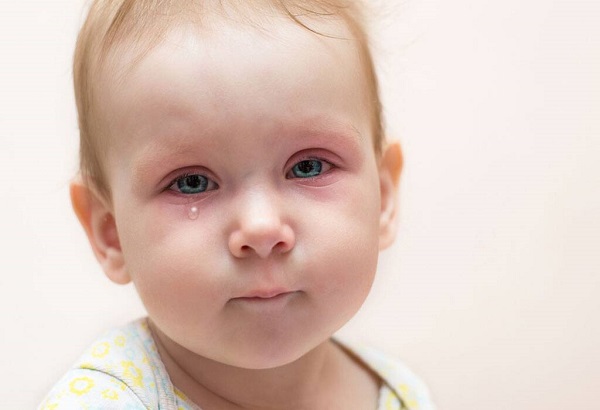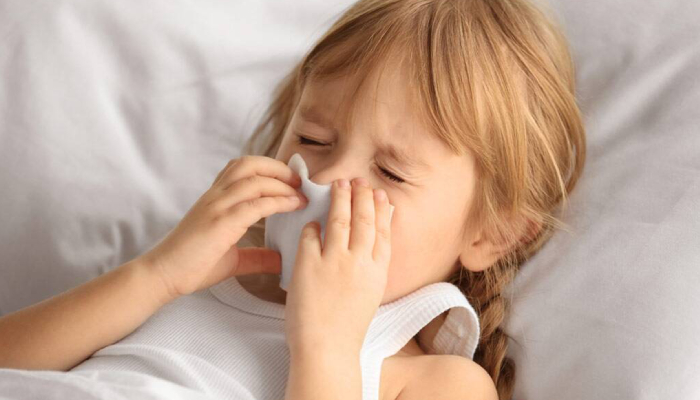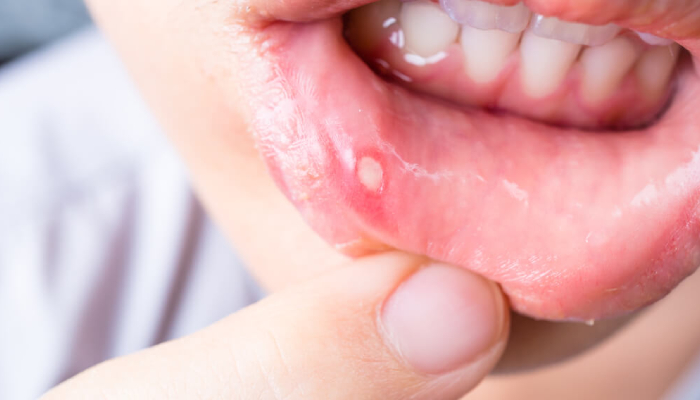How To Deal With Viral Infections In Babies

The Most Common Viral Infections Around
January 12, 2020
Preventing From Viral Infections During Pregnancy
January 16, 2020Viral Infections That Affect Babies
Viral Infections in babies are the most common health risk factors parents face. Of all the viral infections, viral rash is the most common one in young children. A rash could be caused by non viral infection or viral infection. A non viral rash is caused by bacteria or fungus and diaper rash is the most common non viral rash. Viral rashes can be identified by red or ping spots over the chest, back, left and right side of the body. Viral rashes don’t itch as opposed to non viral rashes.
The most common types of infections that cause viral rashes are rubella, chicken pox, measles, roseola, fifth disease, hand, foot and mouth disease. Rubella or German measles is almost eliminated with vaccinations given across the globe. Vaccination for chickenpox was made available during the mid 90s and it is no longer common. Measles is a respiratory virus that has been mostly eliminated through widespread vaccines. Roseola or sixth disease is a common virus that infects children under age 2. Hand, foot, and mouth disease affects adults and children as well. Most commonly seen in kids under age 5.
Read More About : Herpes Virus
Symptoms and Diagnosis
Symptoms for viral rashes vary from cold, cough and fever. Roseola can be quickly identified by small rose dots that appear on the belly and spread to other parts. It is accompanied with sudden high fever, congestion and cough. The rashes disappear once the fever subsides. In few cases, when the fever is high, kids might get febrile seizures which causes loss of consciousness or twitching. In measles, rashes will develop only after three to five days of high fever. The flat, red spots will develop along the hairline and spread downwards. Measles will also have stuffy or runny nose , cough and red, watery eyes.
Symptoms for chickenpox are mild fever and blister rash that are itchy and start on the head and torso before spreading to other parts of the body. As infection subsides, the rashes will crust and heal. Hand, foot and mouth disease will have blisters inside the mouth, red spots on the hands, feet, knees, elbows, genitals and buttocks. It is also accompanied by fever and sore throat. For fifth disease the rashes appear mostly after the early symptoms subsides. The symptoms include, low fever, headache, stuffy, runny nose with vomiting or diarrhoea. Rashes will appear on the legs, arms and trunk and the cheeks will look flushed as if they were slapped.

Rubella has red or pink itchy rashes that appear on the face first and spread all over the body. The rashes can merge together to form larger rashes. Low fever, runny nose, cough, headache, red eyes and swollen neck are other symptoms. To make a conclusive diagnosis the doctors will mostly study the type of rashes. A blood test will also be carried out to find the actual infection. You should have the child’s health history when you seek doctor’s treatment. This is basically to understand if the child has been immunized or not.
Treatment and Prevention of Viral Infections
You must seek doctors help when you feel the symptoms are aggravating. Most of the rashes associated with viral infections in babies are not serious and they subside on their own. But if the rashes do not subside or become painful then you will have to consult a doctor. It will be helpful if you start treatment from the initial stages you will know how to keep the child comfortable. If the child was born premature or has a weak immune system then these diseases could be risky. Signs of aggravated condition include bruising in the rash, high fever along with rash or if the child is not taking food. In some cases there could be bleeding under the skin which is a medical emergency.
For viral infections in babies, antibiotics alone may not result in speedy recovery. Doctors can give you guidelines on the medication and treatment. A pain reliever, like acetaminophen can be given if the doctors approve of it. Do not give aspirins. If the fever subsides, bathe them in lukewarm water. Cold water may increase the internal body temperature. Use mild soap to wash their body and don’t scrub the skin, it could irritate the rashes. Give them loose fitting clothes. A lot of rest and plenty of liquids are required during this time. Doctors may suggest calamine lotion to soothe the itchy rashes. Have them fully covered as this will prevent them from scratching the rashes that can lead to infection.
These infectious diseases are contagious through saliva and mucus. It can easily spread to other babies and young children and it is best to keep infected children at home. Mostly these diseases are contagious even here rashes occur. So, from the early symptoms it is best to keep them home until a week after rashes disappear.




